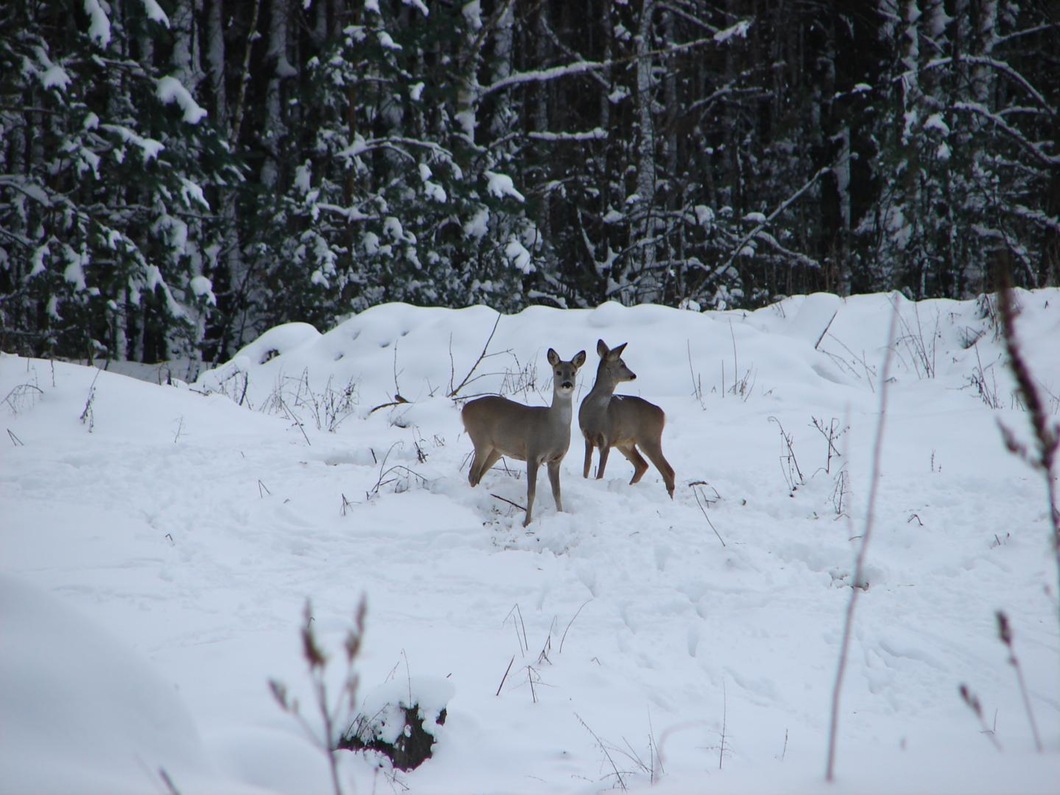Humans, it seems, are worse than a nuclear disaster. A long-term study of animal populations around Chernobyl has found wildlife to be flourishing in the absence of human activity. A team of scientists surveyed the human exclusion zone surrounding the site, observing large animals like deer and elk to be in abundance despite lingering radiation.
As radioactive particles poured out of the Chernobyl Nuclear Power Plant in 1986, a 4,200 km sq (1,621 mi sq) human exclusion zone was established around the site. Earlier aerial surveys had suggested wildlife numbers in the area had recovered somewhat, but this first large-scale study of the region suggests that though radiation is harmful to their well being, the effects of human populations may be more damaging.
"This doesnít mean radiation is good for wildlife, just that the effects of human habitation, including hunting, farming and forestry, are a lot worse," says the University of Portsmouthís Professor Jim Smith.
Smith led an international team of scientists in analyzing historical data from aerial surveys and tallying animal tracks in the snow, finding that numbers of mammals like elk, roe deer, red deer, wild boar and wolves are growing in line with four other nature reserves in the region.
"There have been many reports of abundant wildlife at Chernobyl but this is the first large-scale study to prove how resilient they are," says Smith. "Itís very likely that wildlife numbers at Chernobyl are much higher than they were before the accident."
The research was published in the journal Current Biology.
Source: University of Portsmouth
copyright © Gizmag 2003 - 2015

